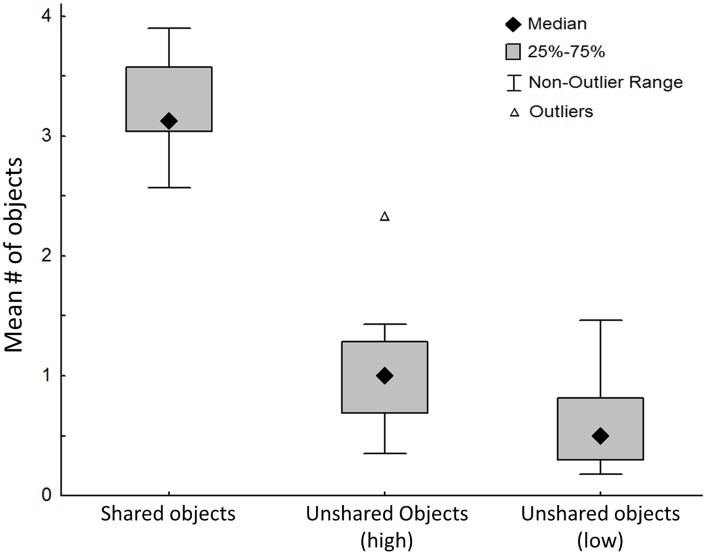Fig 5. Shared and unshared objects in the dyad trial.
For each rat, we extracted the number of objects visited in each trip to the grid zone, and classified the objects into those shared with the other rat, and those unshared with it. For each dyad, three means were extracted: (i) 'shared objects'–average number of objects visited by both rats on the same trip; (ii) 'unshared objects (high)'–average number of objects visited by the rat with the higher number of unshared objects per trip; (iii) 'unshared objects (low)'–average number of objects visited by the rat with the lower number of unshared objects per trip. The median of the 12 dyads (◆) is depicted with the 25% and 75% quintiles (grey square), along with the non-outlier range and the outliers. As shown, both rats in the 12 dyads had significantly more shared than unshared objects.

